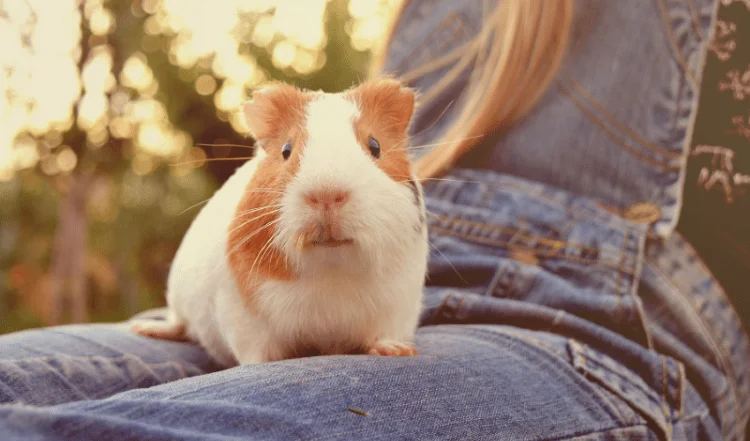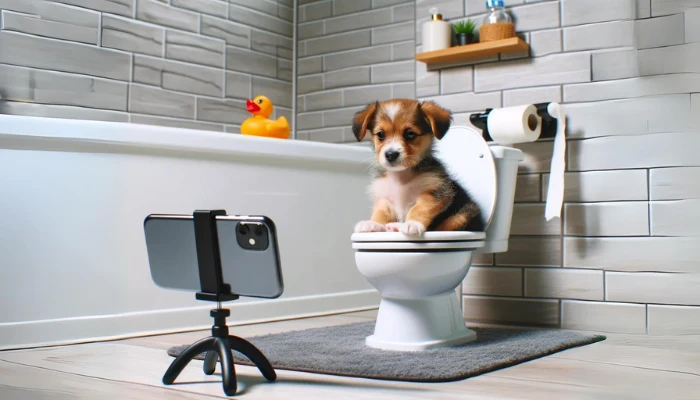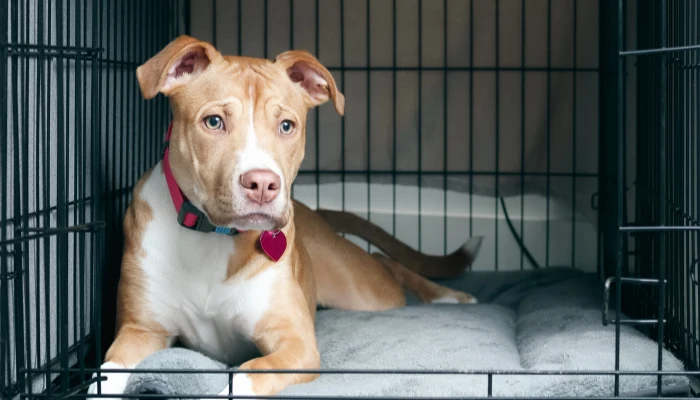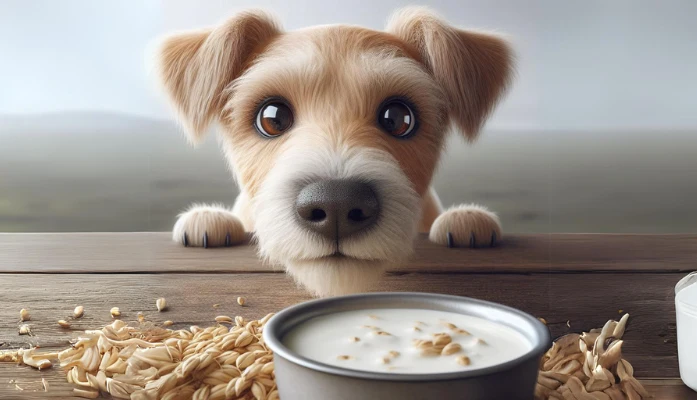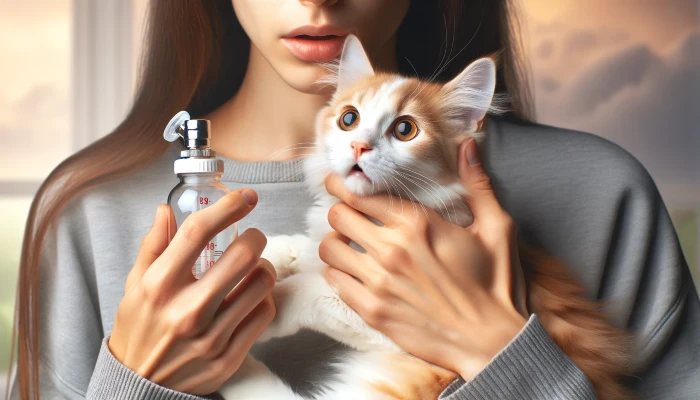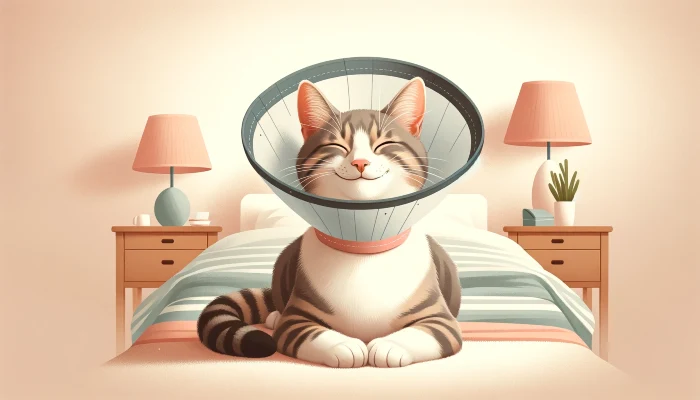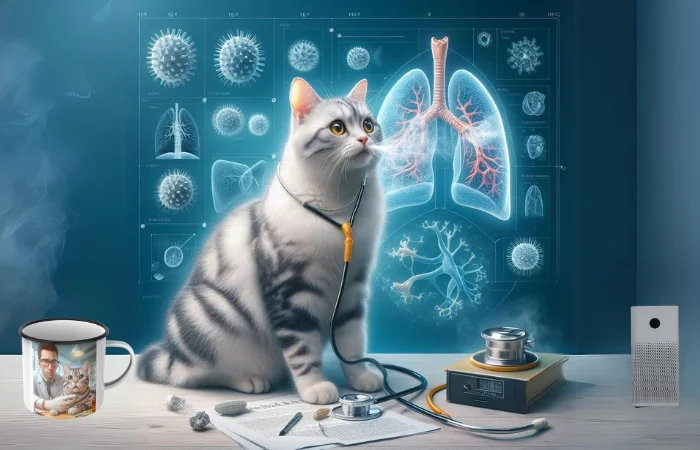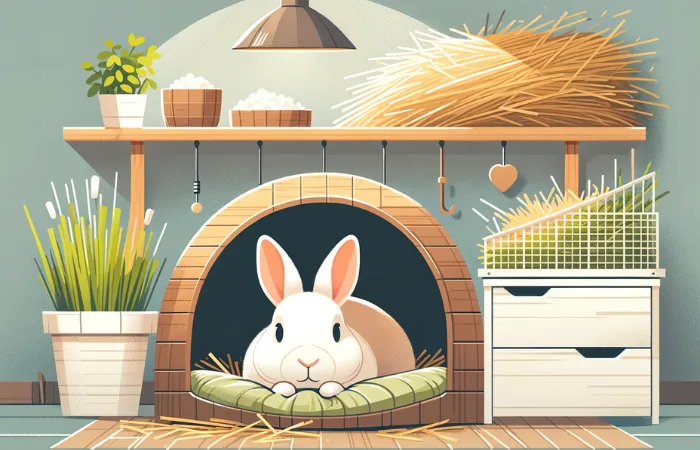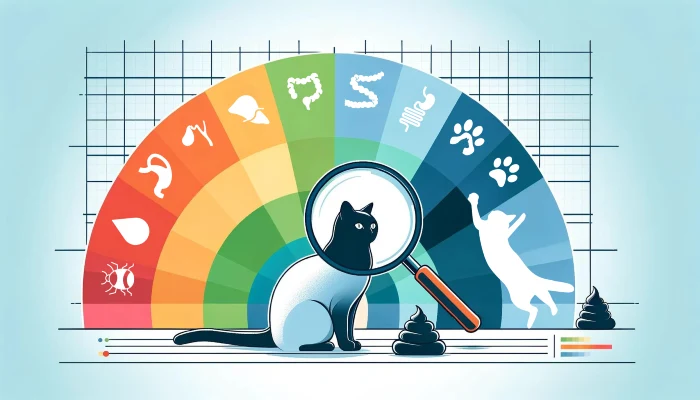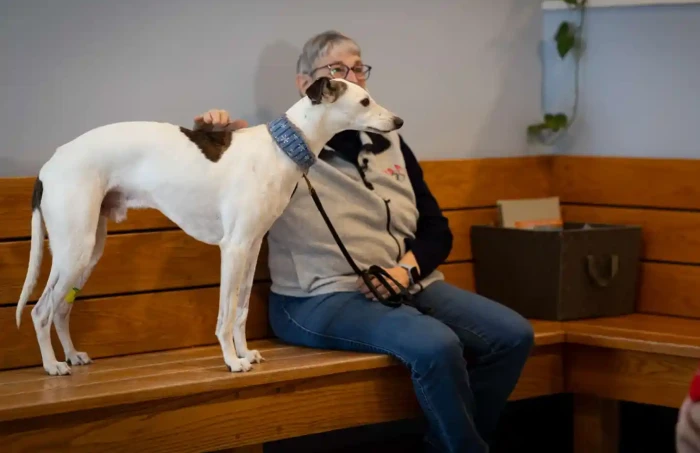Guinea Pigs make wonderful pets. They are friendly, social, active during the day, and very rarely bite. Guinea Pigs come in many coat colors and patterns, as well as short-haired, long-haired and teddy bear varieties.
Guinea Pigs are very vocal little critters, they make a variety of noises, such as whistles, squeals and a purring like sound.
Follow these 9 steps and your Guinea Pig could give you up to 8 years of their funny antics and noises to enjoy.
9 Steps To A Happy, Healthy Guinea Pig
Step 1 – It is always best to gather all the supplies you will need for your Guinea Pig and set up his new home before you pick him up. This way you can put him directly in his new home to relax and get used to the new environment. A list of supplies is provided below.
Step 2 – Choose a cage that has a solid bottom, never use a cage with a wire floor, these will cause injury to your Guinea Pigs feet.
It is important to get the largest cage you can, Guinea Pigs are very active and need space to run around in.
The best bedding for your Guinea Pig is a recycled newspaper bedding, such as Carefresh or Yesterday’s News. Don’t use pine or cedar shavings, as these can cause injury to your pet’s eyes and cause respiratory problems.
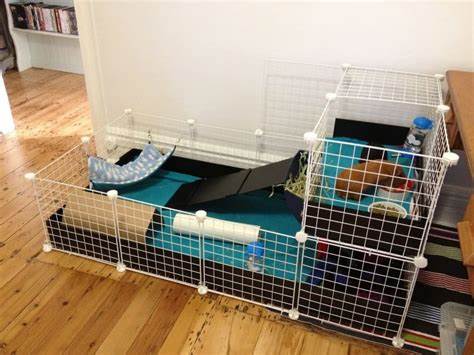
Step 3 – You should put your Guinea Pig’s cage in the room where you spend the most time, like the living room.
Guinea Pigs are very social and will enjoy interacting with you.
Place the cage on the floor or a stable table.
If you have other pets, make sure the cage is out of their reach, so they don’t stress your Guinea Pig.
Place a layer of bedding into the bottom of the cage that is about 2 inches deep.
Place a hide box (you can use a cardboard box), food dish (heavy ceramic is best), fill hay rack with hay and attach water bottle to the outside of the cage.
Don’t forget some toys (hard plastic balls and wood chew toys made for pet rodents and birds). Now your cage is ready for your new Guinea Pig.
Step 4 – When you first bring your new Guinea Pig home, put her in the cage to let her relax and get used to her new environment.
You should give her at least a day to adjust.
You can sit by the cage and talk to her and offer her treats to help her get used to you.
The next day, you can start petting her and picking her up.
Always use two hands to pick your Guinea pig up. One hand supporting the chest and one hand supporting the rump. Be sure that you have a secure hold on her before lifting her up out of the cage, so she will not fall.
Step 5 – Your Guinea Pig’s diet should be made up mainly of hay.
If she is under 6 months old she should eat Alfalfa hay and if she is over 6 months she should eat Timothy hay or Orchard grass. Hay should be available at all times to keep your Guinea Pig’s digestive system healthy.
You will only want to feed a small amount of good quality Guinea Pig pellets (never rabbit pellets or diets mixed with seeds, dried fruits or colored pieces).
Guinea Pig pellets are fortified with vitamin C, which is important in your Guinea Pig’s diet. Guinea Pigs don’t make enough of their own vitamin C to meet their nutritional needs, and if they don’t receive a supplement, they can suffer from Scurvy.
You can also add a vitamin C supplement made for Guinea Pigs to the water bottle.
Your Guinea pig should get a variety of fresh greens, vegetables and small amount of fruit daily.
Dark leafy greens should make up about 15% of her daily food intake, and she should get about a cup of fresh vegetables each day.
It’s best to divide the fresh foods into 2- 3 separate meals. Guinea Pigs are grazers, and will do better with spaced feedings. Make sure you remove any uneaten fresh foods.
The water bottled should be changed and cleaned daily. A list of safe and unsafe foods for your Guinea Pig is provided below.
Everyone likes the occasional treat! You can make your guinea pig homemade healthy treats in no time at all right in your own kitchen.
Step 6 – You should clean your Guinea Pigs cage thoroughly once a week. It is important to spot clean the cage daily by removing any heavily soiled bedding.
To thoroughly clean the cage, take out food dish, toys and hide box and remove all bedding.
Wash the cage with soap and water (don’t use a chemical cleaner) and dry completely. Add new bedding and place the hide box, food dish and toys back in.
Step 7 – It is important to give your Guinea Pig at least an hour of exercise outside the cage each day. It is recommended to use a playpen made for small pets with a blanket or towel on the floor underneath as an exercise area.
Letting your Guinea Pig run loose is dangerous, they can chew wires and woodwork, get stepped on or get into other harmful situations.
They also don’t control their bathroom habits, if they have to go, they go.
A play pen gives you a safe place to let her run around and play, and it is easy to clean up after. You can put boxes, empty oatmeal containers and paper bags for your Guinea pig to explore, chew and play in. PVC pipes (new/clean) make great tunnels for your Guinea Pig to run through.
Make sure they are large enough for your Guinea Pig to run through easily. You can even cut holes in some boxes and use the PVC pipes to connect the boxes for a larger fun area for your Guinea Pig to explore.
Have fun creating a fun playground for Guinea Pig to enjoy.
Step 8 – You need to trim your Guinea Pig’s toenails regularly. If you’re not comfortable doing this yourself the first time, you can ask a vet or vet technician to show you the proper way to do it, and then you can do it yourself at home.
You will want to use cat claw scissors to trim the nails, they are easy to handle and make it easier to see where you are cutting. If you have someone that can hold your Guinea Pig while you trim her nails, it will be a lot easier for you.
Hold the foot gently and only cut the tip of the nail to avoid cutting the quick (the vein in the nail). If your Guinea Pig has dark toenails, you won’t be able to see the quick easily, so be sure to be extra careful. If you happen to cut the quick, apply a little styptic powder or cornstarch on the nail to stop the bleeding.
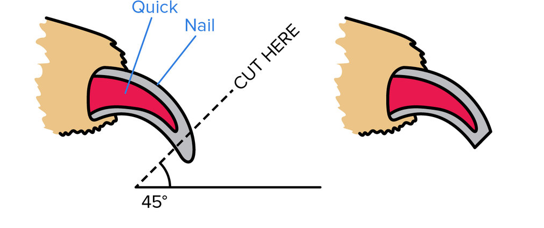
Make sure to do both the front and back feet. Guinea Pigs don’t require baths often. If you do bathe your Guinea Pig, make sure you don’t do it more than a couple of times a year.
Long-haired Guinea Pigs may require a bath more often, due to their hair getting soiled by urine. Always use a shampoo made for small pets, avoid getting soap and water in the eyes, ears and nose and rinse thoroughly. Keep her warm until she is completely dry.
Step 9 – Guinea Pigs will only need to see the vet if they are sick or injured. It is important to watch your Guinea Pig for any changes in behavior, eating habits, stool, weight or activity.
You will want to look up local veterinarians, and find one that is experienced in treating Guinea Pigs, and keep their number on hand in case of emergency. Always contact a vet as soon as any signs of injury or sickness arise.
List of Supplies for Your New Guinea Pig
- Cage with a solid bottom (the largest possible)
- Bedding (Carefresh or Yesterday’s News)
- Food Bowl (Ceramic is best)
- Water Bottle
- Good quality Guinea Pig Pellets
- Hay Rack
- Alfalfa Hay (for under 6 months old) or Timothy Hay(for over months old)
- Hide Box (you can use cardboard boxes)
- Wood chew toys made for pet rodents or birds
- Cat Nail Scissors
List of Safe and Unsafe Foods for Guinea Pigs
Safe Foods
- Dark Leafy Greens
- Lettuce (never Iceberg)
- Parsley
- Green and Red Peppers
- Peas
- Carrots and Carrot Tops
- Raw Broccoli
- Cucumber
- Celery
- Tomatoes (no stems or leaves)
- Strawberries
- Blueberries
- Cantaloupe
- Watermelon
- Bananas
- Apples (no seeds)
- Peaches
Unsafe Foods
- Avocados
- Chives
- Garlic
- Onions
- Grapes/Raisins
- Coconuts
- Cauliflower
- Rocket Salads
- Red Leaf Lettuces
- Potatoes
- Radishes
- Chocolate
- Sweets or Salty Snack Foods
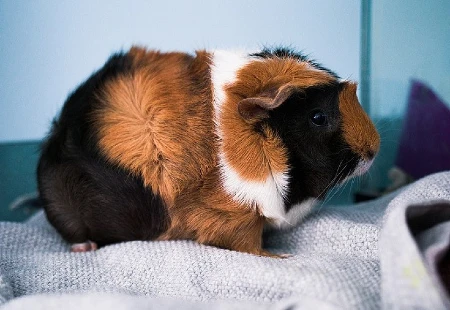
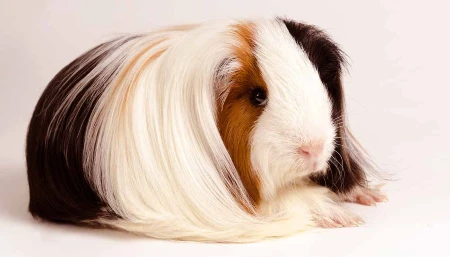
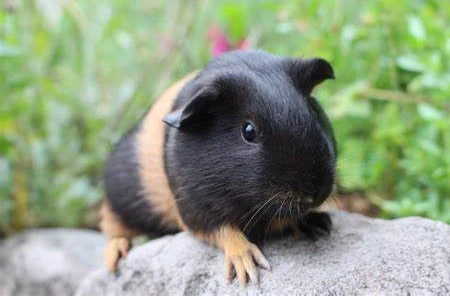
FAQ
Where are Guinea Pigs from?
Guinea pigs originally came from South America in the Andes region.
More To Discover
- Probiotics for Pets: Investigating The Health Benefits, The Good, The Bad And What To Look For
- Saving Lives, One Adoption at a Time: The Power of Choosing Shelter Pets Over Breeders
- Pioneering Anti-Aging Pill for Dogs Begins Trials, with 11-Year-Old Whippet Boo Leading the Pack
- Who’s Really Feeding Your Pet? These Big 6 Control 90% Of The Market And Owns 106 Brands
What are baby Guinea Pigs called?
Surprisingly, they’re not called piglets, they are called pups and adult females are called sows and adult males are called boars.
What does it mean when my Guinea Pig's teeth chatter?
When a Guinea Pig chatters its teeth, it’s a sign that they’re agitated, upset or unhappy.








